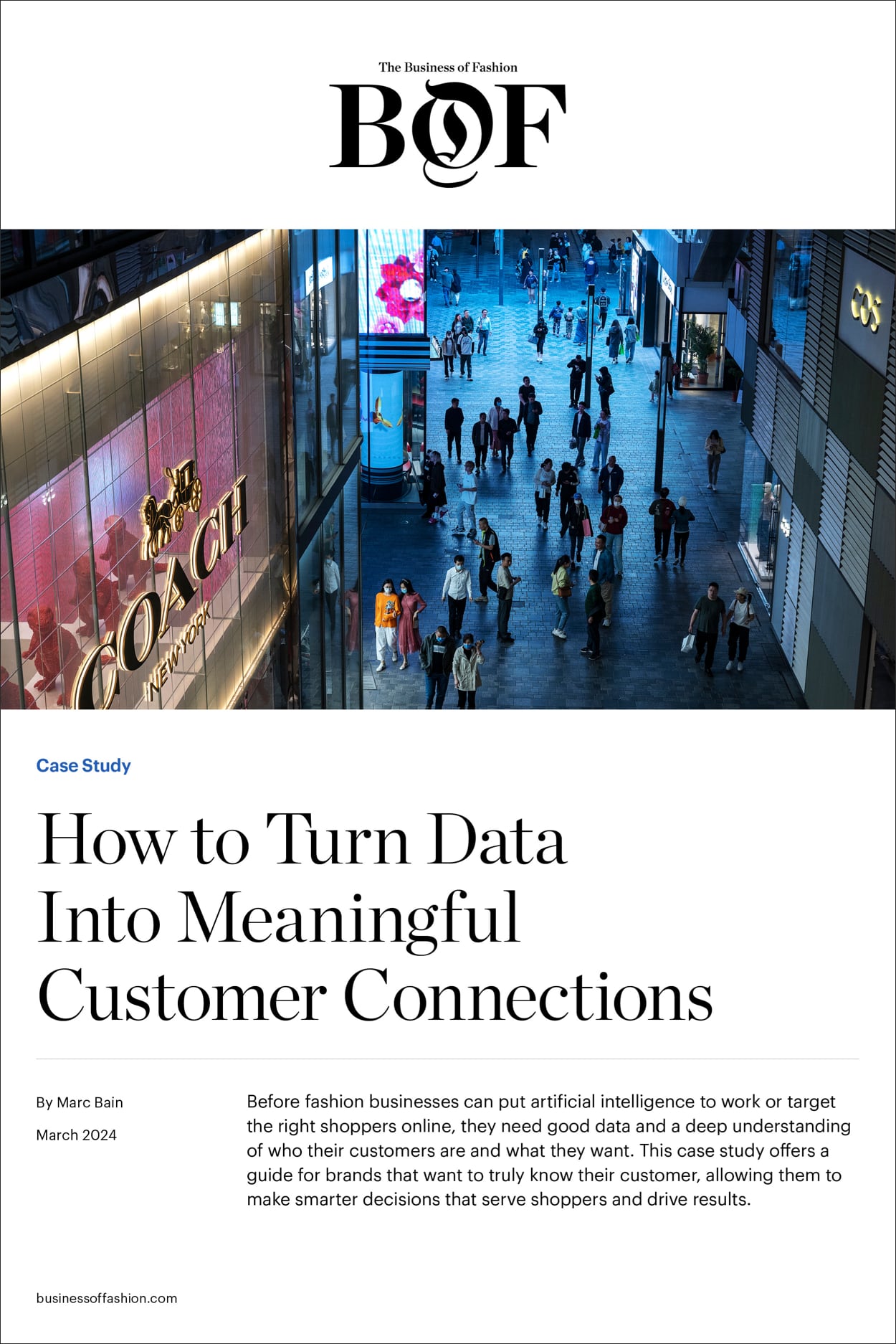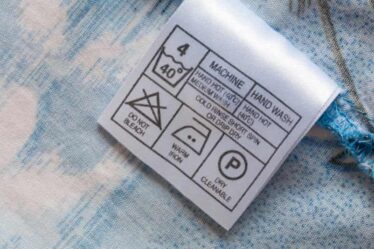
Artificial intelligence could be the most powerful business tool in decades. But without the right data, it’s useless.
Similarly, brands are confronting a new reality where tech giants are implementing digital privacy measures and eliminating the third-party cookies advertisers relied on to track consumers, making it harder to target shoppers online. It’s only making it more important for brands to have their own data on who their customers are and what they want.
Customer data is increasingly held up as the answer to these and other problems, but it can come across as a complex and mysterious force — an incomplete and overwhelming trail of clues left by shoppers as they move about online and through stores, to be scrutinised and interpreted like tea leaves. One-third of the nearly 10,000 business leaders surveyed by Salesforce in 2023 said they couldn’t generate insights from all the data they had.
What data really is, though, is just a means of understanding customers. For businesses that are able to put it to use, data can help them create the right products in the right numbers, and put them in front of the right shoppers at the right times and places. More companies are gathering psychographic data on customers’ beliefs and attitudes as well, hoping it can help them know their customers on a deeper level and allow them to forge emotional connections.
In August 2020, Tapestry, the parent company of Coach, Kate Spade and Stuart Weitzman, put understanding the customer at the centre of its growth plan. The company already had a strong data ecosystem at that point but wanted to build on those capabilities and double down on its consumer focus. At the heart of its strategy would be data not only from the usual sources, like customer interactions and demographics, but also immersive research, ranging from surveys to in-person interviews, tours of consumers’ closets and tagging along on shopping trips.
The work has been ongoing since, and Tapestry has credited it with helping to navigate challenges, attract new shoppers — particularly among Gen-Z — and fuel the success of styles like its Tabby handbag. In May 2023, as other fashion businesses reeled from a slowdown among aspirational consumers, Tapestry raised its profit forecast for the year on the strength of its Coach handbags. “It’s almost outstanding when you think about what a lot of others are saying in retail right now,” Edward Jones analyst Brian Yarbrough told Reuters.
In February 2024, Tapestry reported 6 percent growth at Coach for the quarter compared to the prior year, and said it acquired roughly 2.5 million new customers in North America, about half of which were Gen-Z and Millennials.
Data doesn’t solve everything. It remains to be seen whether the strategy can work for Tapestry beyond Coach. Sales at both Kate Spade and Stuart Weitzman actually declined in 2023, and investors remained sceptical that Tapestry’s approach could prove successful at Capri, the owner of Michael Kors, Versace and Jimmy Choo that Tapestry announced plans to acquire in August 2023.
But the company believes understanding its customers will be key to any future success, which is why it has made customer data the foundation of decisions from product development through merchandising and marketing.
“The ways of working have changed at Tapestry over the last four years,” chief executive Joanne Crevoiserat said in a February 2024 earnings call. “Our teams are getting better and better at gaining these insights and applying them to all of our work across the value chain.”
For this case study, The Business of Fashion spoke with Tapestry executives in roles such as consumer insights, data analysis and strategy to understand how the company collects and analyses data and uses those learnings throughout its business. It provides lessons from Tapestry and independent experts on how businesses can start to use data, including subjective information from consumers, to gain a deep understanding of their customers and ultimately put that information to use creating real value in the business.
Data, everyone agreed, is not useful on its own, and more isn’t by definition better. What makes the difference is how it’s applied.


